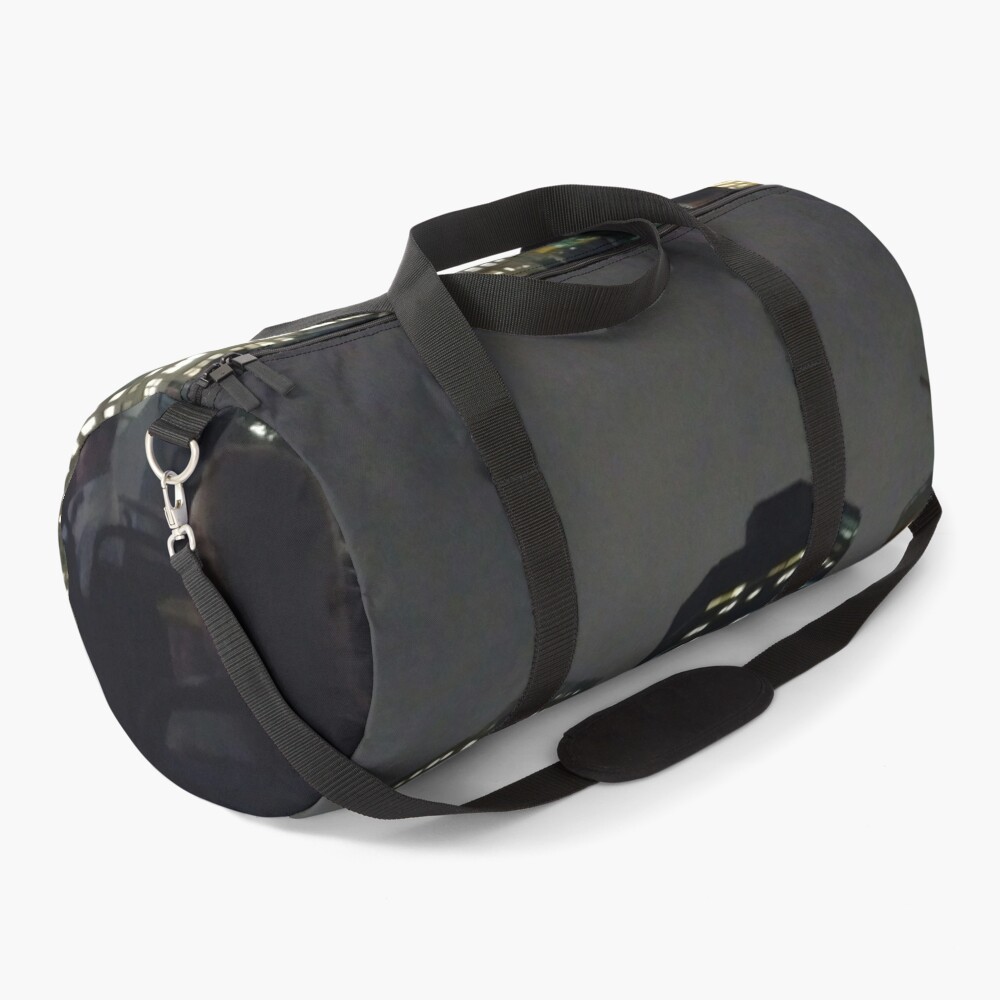As a young man in college, Newton became interested in natural philosophy, as science was then called. He worked out some of his first ideas on machines and optics during the plague years of 1665 and 1666, when students were sent home from college. Newton, a moody and often difficult man, continued to work on his ideas in private, even inventing new mathematical tools to help him deal with the complexities involved. Eventually, his friend Edmund Halley (profiled in Comets and Asteroids: Debris of the Solar System) prevailed on him to collect and publish the results of his remarkable investigations on motion and gravity. The result was a volume that set out the underlying system of the physical world, Philosophiae Naturalis Principia Mathematica. The Principia, as the book is generally known, was published at Halley’s expense in 1687.
At the very beginning of the Principia, Newton proposes three laws that would govern the motions of all objects:
- Newton’s first law: Every object will continue to be in a state of rest or move at a constant speed in a straight line unless it is compelled to change by an outside force.
- Newton’s second law: The change of motion of a body is proportional to and in the direction of the force acting on it.
- Newton’s third law: For every action there is an equal and opposite reaction (or: the mutual actions of two bodies upon each other are always equal and act in opposite directions).
In the original Latin, the three laws contain only 59 words, but those few words set the stage for modern science. Let us examine them more carefully.





































































































